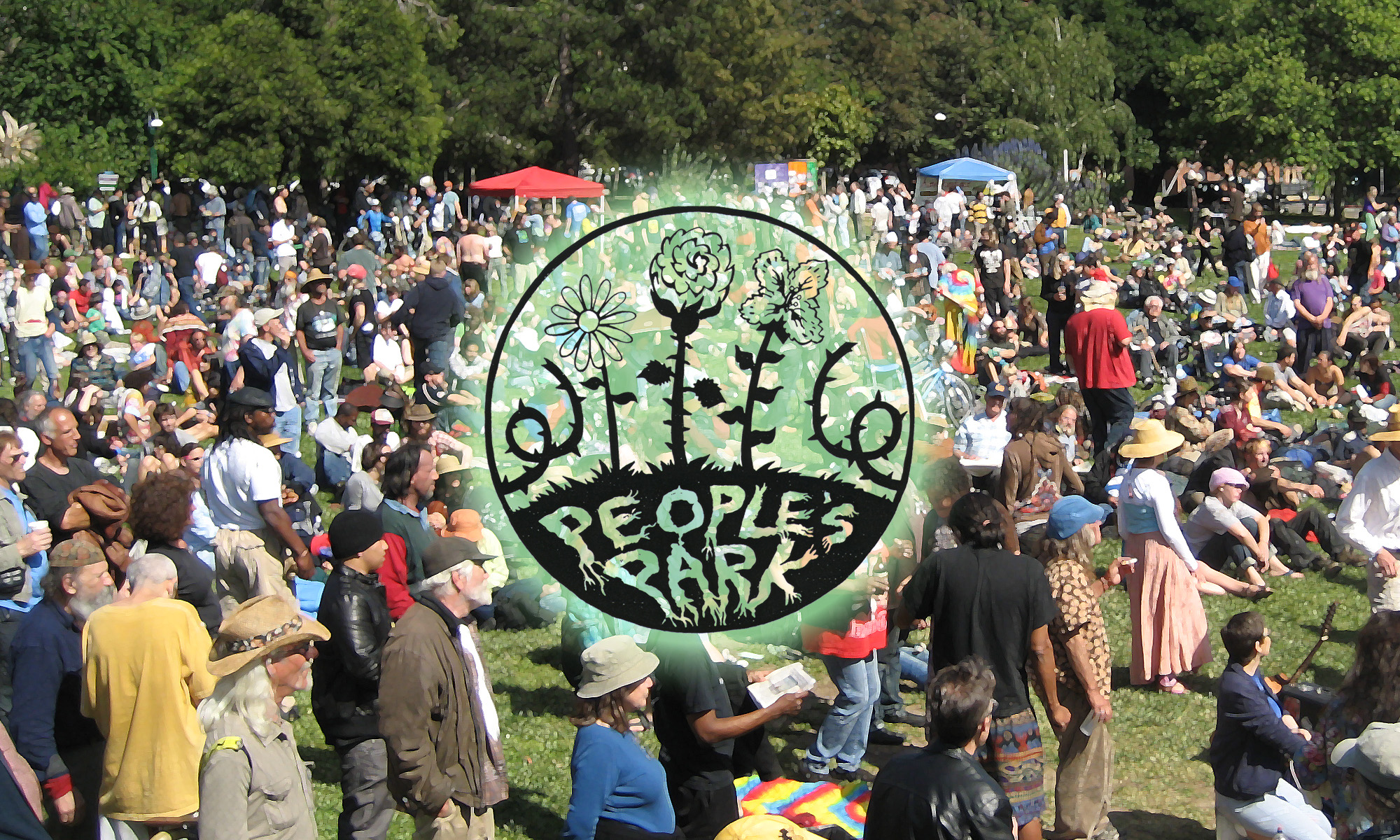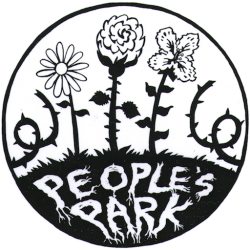To Chancellor Christ
by Joseph Liesner
August 2018
As the 50th anniversary of the first creation of People’s Park approaches it seems you have chosen to mark that anniversary by rolling out the same deception that Chancellor Heyns used in 1969. Let me be clear: Roger Heyns did not take the 30 to 35 homes that stood on lot 1875-2, now People’s Park, by eminent domain for the purpose of building student housing, or soccer fields, and neither is the need for student housing the reason you have declared your intention to build on that lot before any of the other pieces of land upon which the University could build.
The evidence that Roger Heyns had other reasons for taking the homes of some 40 people with alarming haste and callousness is evident in the statements of faculty members, members of the Board of Regents, and the long time residents of those old homes. Professor Sim Vander Ryn, Chairman of the Chancellor’s Advisory Committee on Housing and Environment, stated “I have it on pretty good authority that this was the pitch . . . (Vice Chancellor)Cheit’s position before the Regent’s was: ‘Let’s clean up the park and get rid of the people living there who are a threat to the stability of the University’.” Regent Fred Dutton said that Heyns and Cheit had based their case for acquiring the South Campus property on the grounds that it was “. . . an act against the hippie culture.” That “hippie culture” was mentioned to many of the homeowners on lot 1875-2 by the real estate agents who were tasked with taking their homes.
In your “Summer Letter” (“California”, Summer 2018) you also propose that building on People’s Park will include housing and services for the homeless of Berkeley. Well this is quite a change for the University. I have been a volunteer with East Bay Food Not Bombs for eighteen years and know that our daily meals for the hungry, which we serve in People’s Park have faced near constant opposition by the University. We couldn’t even get the University’s permission to allow Waste Management to come into the park to pick up our compost. Other homeless advocates have tried to distribute free clothing to those in need and time after time UCB police have destroyed those free clothing sites.
So what might be the actual reasons that your mighty institution is so determined to destroy People’s Park? In 1969 South Campus was the home of the counter culture and its radical sociopolitical consciousness. For the preceeding decade the University had been locked in confrontation after confrontation with studdent groups that wanted the right to organize on campus (The Free Speech Movement), with students of color who wanted a Third World Studies College, and with students and faculty who opposed the war against Vietnam (The Vietnam Day Committee).
UCB restricted and punished students for political organizing on campus; UCB poiice beat and jailed students on strike for the creation of a Third World Studies College; and UCB, while working to crush the anti-war movement on campus supported U.S. militarism in Vietnam and used its academic cover to further Department of Defense research.
Perhaps it is time to recognize that the University of California at Berkeley was, historically, on the wrong side in each of these, above, issues and that is why the counter-culture was such a thorn in its side. Then, that very group challenged the University’s misuse of its power by appropriating the very land which the university had turned into a muddy parking lot by taking and demolishing people’s homes. The act of students, neighbors and faculty creating a beautiful park on that lot and insisting that they, the users of the land, exercise control over it began the movement for community control. Userdevelopment is the most fundamental legacy of People’s Park, and it continues to this day. People’s Park is a unique and beautiful refuge for many, especially those most abused and marginalized by our system.
As Robert Scheer summarized the situation in Ramparts (August ’69) “The Berkeley crisis was never over whether the University would be able to stop one ‘People’s Park’ but rather over whether it would succeed in what had been a long-term strategy of eliminating the culture of protest by denying it its turf”.
So, in this time where the right of dissent is threatened world wide, and the 50th anniversary of People’s Park approaches, we must remember that what Mr. Scheer refers to as the “Berkeley crisis” was marked by death and maiming, the arial tear gassing of the campus and swarths of the city, and the occupation of the City of Berkeley by the National Gurad for several weeks. Was that military attack launched on Berkeley to stop a park? Of course not, it was launched by the University of California and the State of California as a unified attempt to crush the independent, progressive political and social expression of students and citizens. Now, seeing the “Berkeley crisis” for what it was, progressive thinkers must insist on the intact preservation of People’s Park and the values for which it stands.
— Joseph Liesner

